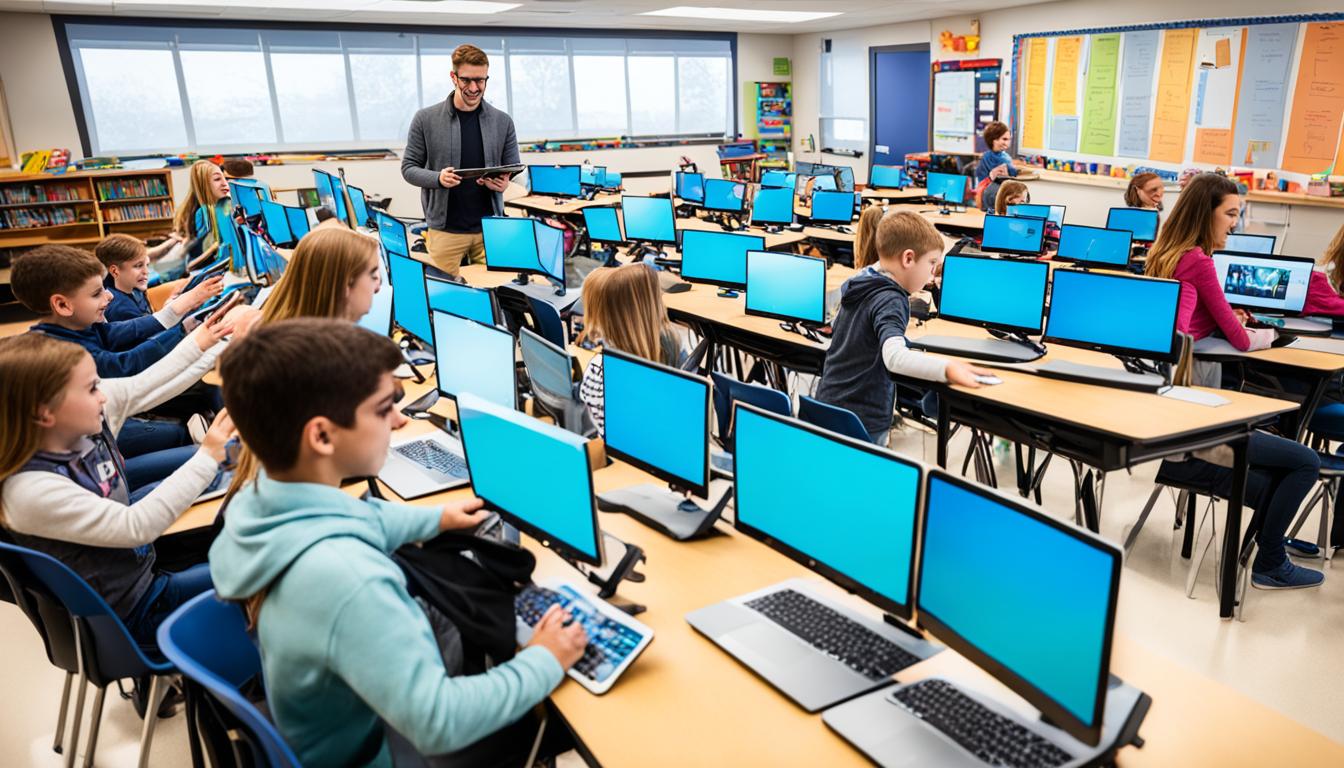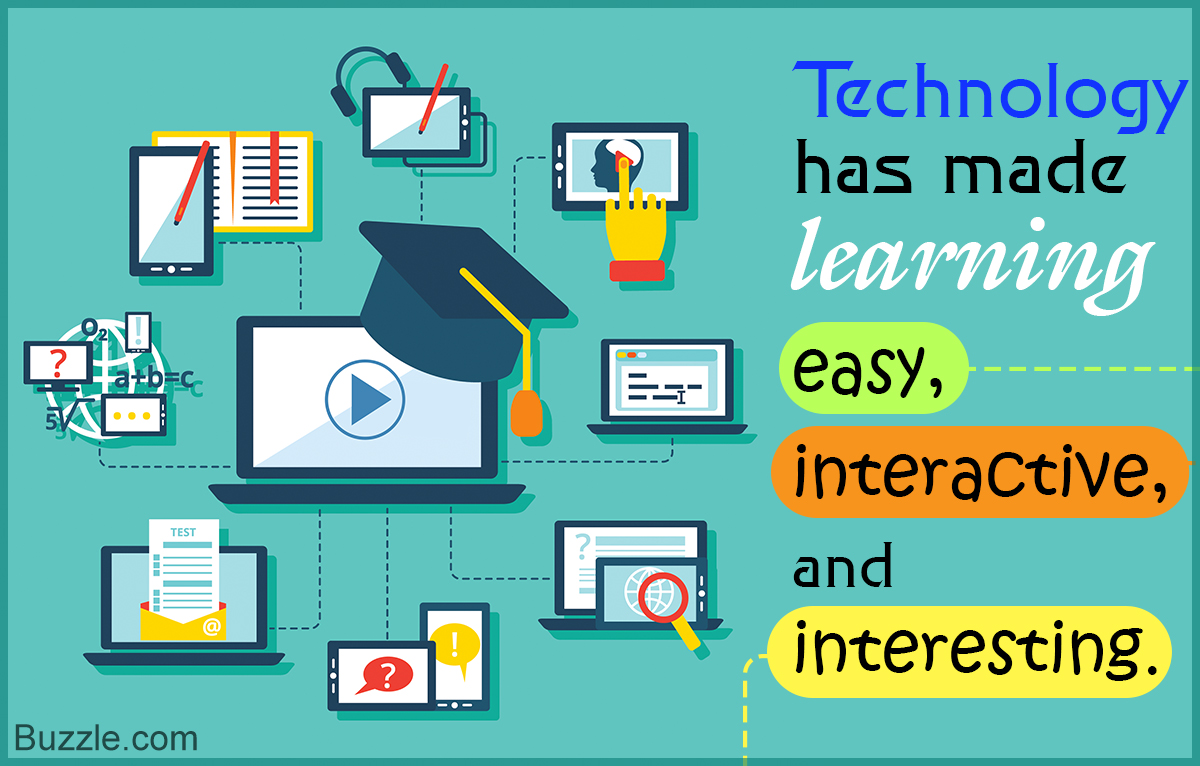Optimize Your Income Prospective with Proven Make Money Approaches
Optimize Your Income Prospective with Proven Make Money Approaches
Blog Article
Comprehensive Company Guides for Progressing Innovation Education in Schools and Colleges
The integration of innovation education and learning into college and college educational program has actually become an important crucial in preparing pupils for a progressively digital labor force. What certain methods can be adopted to maximize their effect on both trainees and educators?
Significance of Innovation Education And Learning
As modern technology proceeds to advance at an unmatched rate, the importance of technology education has actually become increasingly evident in today's society. The combination of innovation into numerous elements of life necessitates that individuals have a foundational understanding of technological ideas and applications. This knowledge not only boosts employability yet additionally promotes crucial thinking and analytic abilities crucial for navigating a dynamic workforce.
In schools, innovation education and learning gears up trainees with the ability to adjust to quick adjustments in sectors driven by innovation. It urges creativity and encourages learners to involve with emerging technologies, from expert system to data analytics. Modern technology education promotes digital proficiency, which is vital in a period where details is readily available yet commonly deceptive.

Key Components of Effective Guides
Effective guides for innovation education need to incorporate a number of key parts to guarantee that students obtain one of the most from their experiences. Initially, a well-defined curriculum is essential, outlining the purposes, discovering results, and the skills to be established. This curriculum needs to be on a regular basis updated to show the swiftly evolving technological landscape, ensuring relevance and applicability.
Second, detailed sources that include textbooks, on-line products, and hands-on devices are essential. These sources ought to be varied and accessible, accommodating different finding out styles and choices. Additionally, incorporating real-world scenarios and situation research studies can improve understanding and engagement.
Third, analysis techniques have to be consisted of to review student development properly. These evaluations need to be differed, including summative and developmental analyses that line up with the understanding purposes.
In addition, professional development chances for educators are vital. Educating programs and workshops can gear up instructors with the current technological advancements and instructional strategies.
Last but not least, fostering a collaborative discovering environment urges peer interaction and understanding sharing. By consisting of these crucial elements, overviews for modern technology education and learning can dramatically enhance the knowing experience, preparing pupils for future challenges in an increasingly electronic world.
Building Market Collaborations
Building strong market collaborations is an essential facet of improving innovation education and learning. These cooperations between schools and businesses produce a dynamic community that profits employers, instructors, and trainees alike. By cultivating connections with market universities, leaders and schools can straighten their curricula with the progressing needs of the job market, guaranteeing that trainees obtain pertinent skills and knowledge.
The growth of internships, apprenticeships, and mentorship programs serves as a cornerstone of these collaborations. Such possibilities give trainees with hands-on experience, enhancing their employability and sensible understanding of technology applications. Additionally, industry partners can use insights right into emerging trends and technical developments, enabling teachers to adjust their mentor approaches as necessary.
In addition, collaborations can assist in accessibility to sources, such as equipment, software application, and financing for research tasks. These contributions enrich the discovering environment and make it possible for institutions to stay at the leading edge of technological advancement. Eventually, developing robust market partnerships is vital for growing a knowledgeable workforce that satisfies the requirements of today's rapidly altering technological landscape, while also driving economic development and competitiveness in the more comprehensive neighborhood.
Implementing Modern Technology Programs
Applying modern technology programs within educational institutions requires a calculated technique that focuses on both web educational program growth and resource appropriation. pop over to these guys To initiate successful technology combination, institutions should initially analyze their existing infrastructure and identify voids in sources, including hardware, software application, and workers training. This assessment allows universities and schools to produce a customized strategy that aligns with their particular academic goals.
Next, it is vital to establish a thorough educational program that incorporates emerging modern technologies and industry standards. Collaborating with instructors, industry specialists, and stakeholders can guarantee that the curriculum remains appropriate and effective in preparing trainees for the labor force (Grants). Additionally, expert advancement for faculty is vital, as it outfits instructors with the skills needed to efficiently instruct new technologies
Moreover, institutions should stress the value of hands-on understanding experiences, such as workshops and laboratories, that permit students to apply academic expertise in functional setups. This experiential method improves involvement and promotes essential reasoning. Finally, securing sustainable financing through grants and collaborations can help broaden and preserve modern technology programs, ensuring lasting success and adaptability in an ever-evolving technical landscape.
Gauging Success and Results
Evaluating the success and end results of technology education programs is important for validating their influence and directing future renovations. Effective dimension frameworks must include both measurable and qualitative metrics, supplying a comprehensive sight of program efficacy. Trick performance signs (KPIs) such as trainee enrollment numbers, retention rates, and course conclusion percents use useful measurable data.

Incorporating standard evaluations can better examine pupils' technical proficiencies and preparedness for the workforce. Benchmarking versus similar institutions allows for contextually pertinent comparisons, highlighting locations for development.
Ultimately, the continual assessment of modern technology education programs cultivates a culture of enhancement, ensuring that they evolve abreast with sector demands and instructional criteria. By systematically determining success, institutions can not just demonstrate accountability to stakeholders but likewise boost their offerings, therefore enriching the discovering experience and preparing students for the ever-changing technical landscape.
Verdict

The integration of technology education right into school and college curricula has actually come to be an important imperative in preparing students for a progressively digital workforce.As modern technology proceeds to evolve at an unmatched speed, the value of modern technology education and learning has become increasingly apparent in today's society.In academic organizations, modern technology education gears up students with the ability to adapt to rapid changes in industries driven by development. By focusing on innovation education, establishments can grow a generation of educated citizens qualified of leveraging modern technology for societal and personal advancement. The implementation of durable analysis methods allows institutions to measure success and results, eventually boosting the total effectiveness of innovation education initiatives and preparing trainees for future difficulties.
Report this page